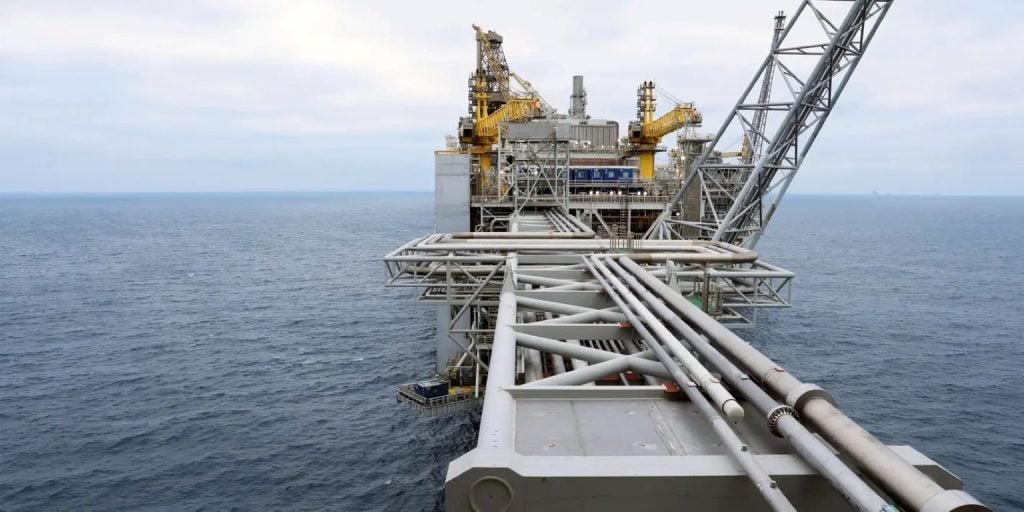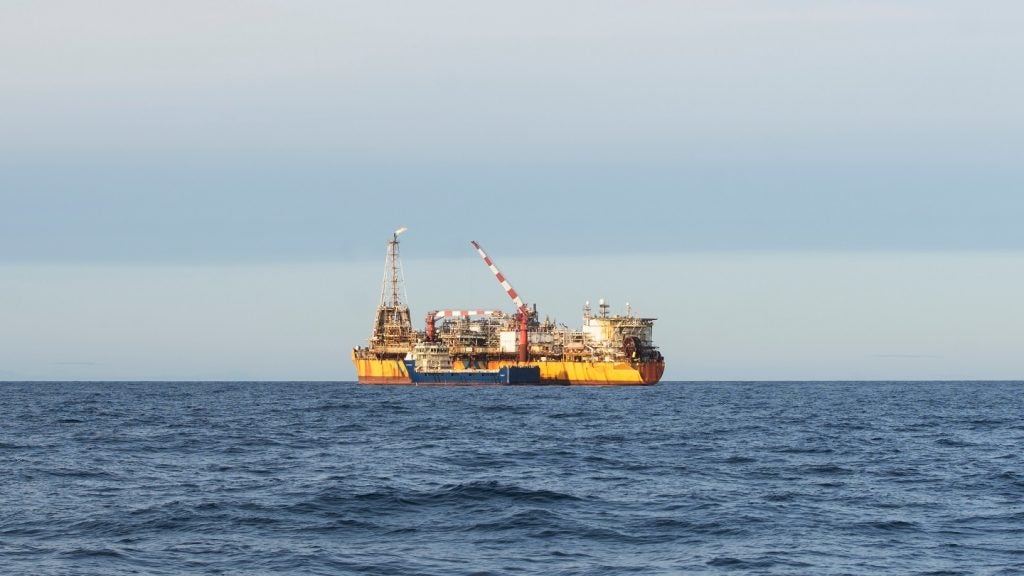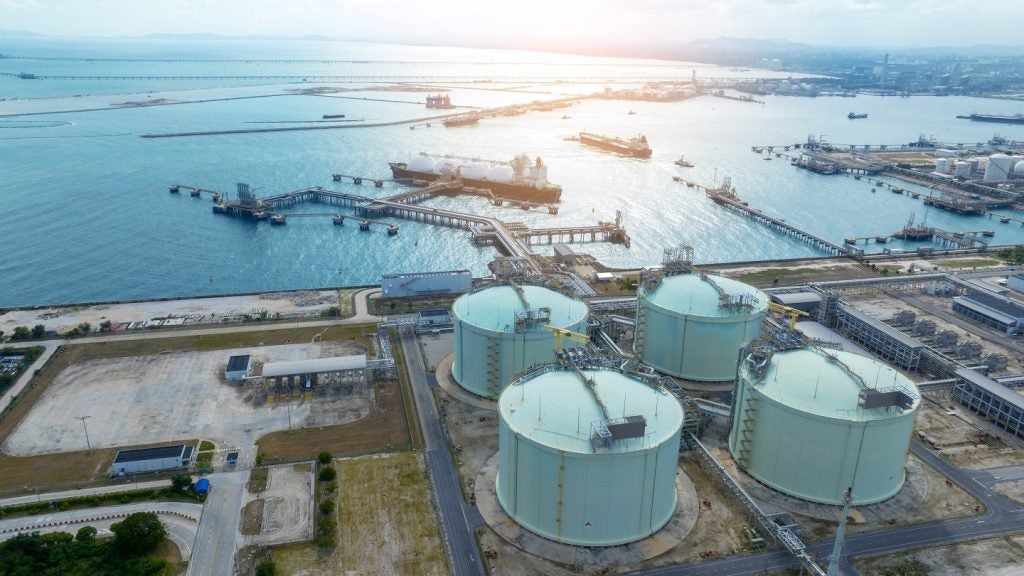Mamba Northeast is a conventional gas development located in ultra-deepwater in Mozambique and is operated by Mozambique Rovuma Venture. According to GlobalData, who tracks more than 34,000 active and developing oil and gas fields worldwide, Mamba Northeast was discovered in 2012, lies in block Area 4, with water depth of around 6,540 feet. Buy the profile here.
The project is currently in approval stage and is expected to start commercial production in 2028. Final investment decision (FID) of the project will be approved in 2025.
Field participation details
The field is owned by China National Petroleum, Empresa Nacional de Hidrocarbonetos EP, Eni, Exxon Mobil, Galp Energia SGPS and Korea Gas.
Production from Mamba Northeast
Production from the Mamba Northeast conventional gas development project is expected to begin in 2028 and is forecast to peak in 2040, Based on economic assumptions, the production will continue until the field reaches its economic limit in 2078.
See Also:
Contractors involved in the Mamba Northeast conventional gas field
Some of the key contractors involved in the Mamba Northeast project as follows.
Other Contractors: The ERM Group, Impacto and Projectos e Estudos Ambientais
About Mozambique Rovuma Venture
Eni East Africa SpA is an owner of the 70% interest in Area 4, in Mozambique.
For more details on the Mamba Northeast Conventional Gas Field, buy the profile here.
Premium Insights
From

The gold standard of business intelligence.
Blending expert knowledge with cutting-edge technology, GlobalData’s unrivalled proprietary data will enable you to decode what’s happening in your market. You can make better informed decisions and gain a future-proof advantage over your competitors.






